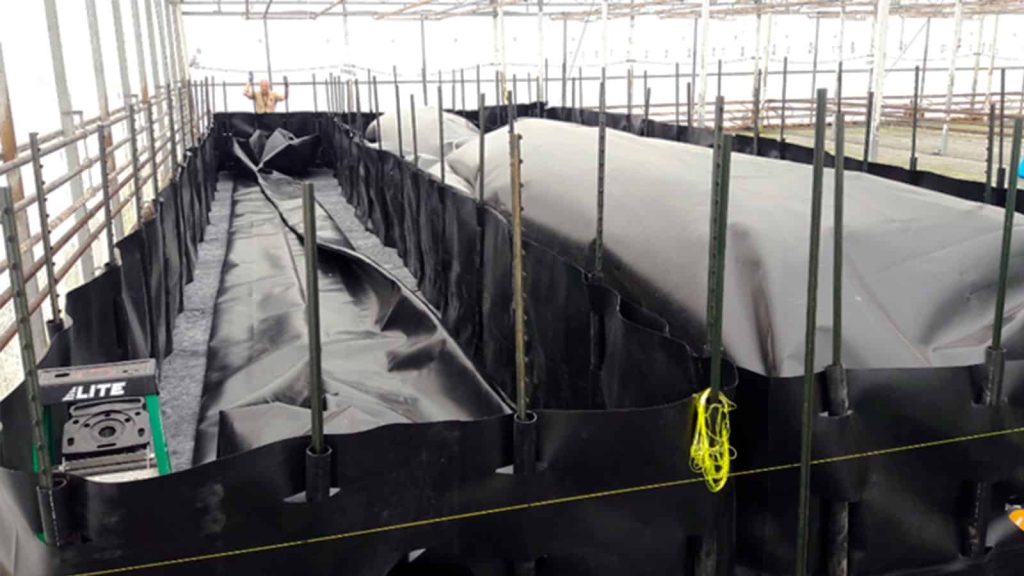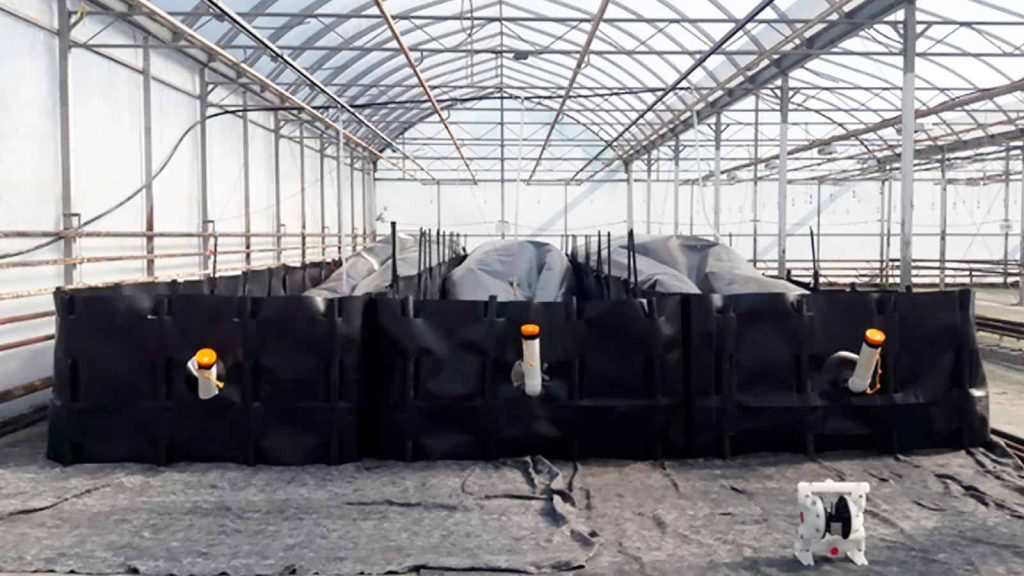Waste management is one of the biggest issues in the modern world. This applies equally to big cities and small towns, to all factories and all farms. In today’s attempts to minimize the footprint of mass-scale production, more and more governments are betting for clean technology in their programs. Such is the case for the Canadian Government, which in 2017 pledged a total of CAN $20 million over four years to help farmers reduce their environmental impact. The incentive came from the Department of Fisheries and Oceans, and it was directed towards fisheries and aquaculture businesses, an industry that in said year exported over five billion US dollars of produce.
Out of the $9.3 million already committed, the largest grant so far ($101,817 CAN) has been allocated to the Sth’oqui Aquaculture Limited Partnership of the Sumas First Nation for their 100-metric-ton tilapia farm in Chilliwack, British Columbia. The grant money went toward the installation of a Sistema120, an anaerobic biodigester which converts fish waste to biogas, biofertilizer and water.

Fish farming produces 2 main types of waste: dead fish and an organic sludge which comes from the thickening process of the wastewater treatment. Those 2 types of waste will be combined to feed the biodigester in order to produce the biogas required to reduce the energy consumption for water heating, a fundamental part in the production of tilapia fish. Before the biodigester, the farm used natural gas and wood chips for the heating of water and a settling lagoon to handle their waste. A settling lagoon or decant pond is a structure, usually concrete, in which water sits still long enough for sediments to sink to the bottom, thus separating waste from the water. While simple and widely used in fish farming, this technique is not the most sustainable solution since farm growth depends on the lagoon’s capacity, while the biodigester eliminates the need for such lagoon in its entirety.
For the installation of the anaerobic reactors, a trench could not be excavated and no construction was allowed, so we came up with an overground installation using a geomembrane structure, and our partner designed a slurry mixing system through biogas injection back into the reactors. The digestion unit was installed under a greenhouse in an area where the temperature is below 10ºC 6 months a year. Maxence Affre, our Global Technical Director, was in charge of the project including the full installation of the Sistema 120, which was finished in one day and a half.
This digester couldn’t have been designed or installed without the help and support from our partners in Aquacare and Econopex. It was also a great opportunity for Sistema.bio since it allowed us to study and evaluate the feasibility of producing energy from a new feed stock, being our first time working in fish farming.
